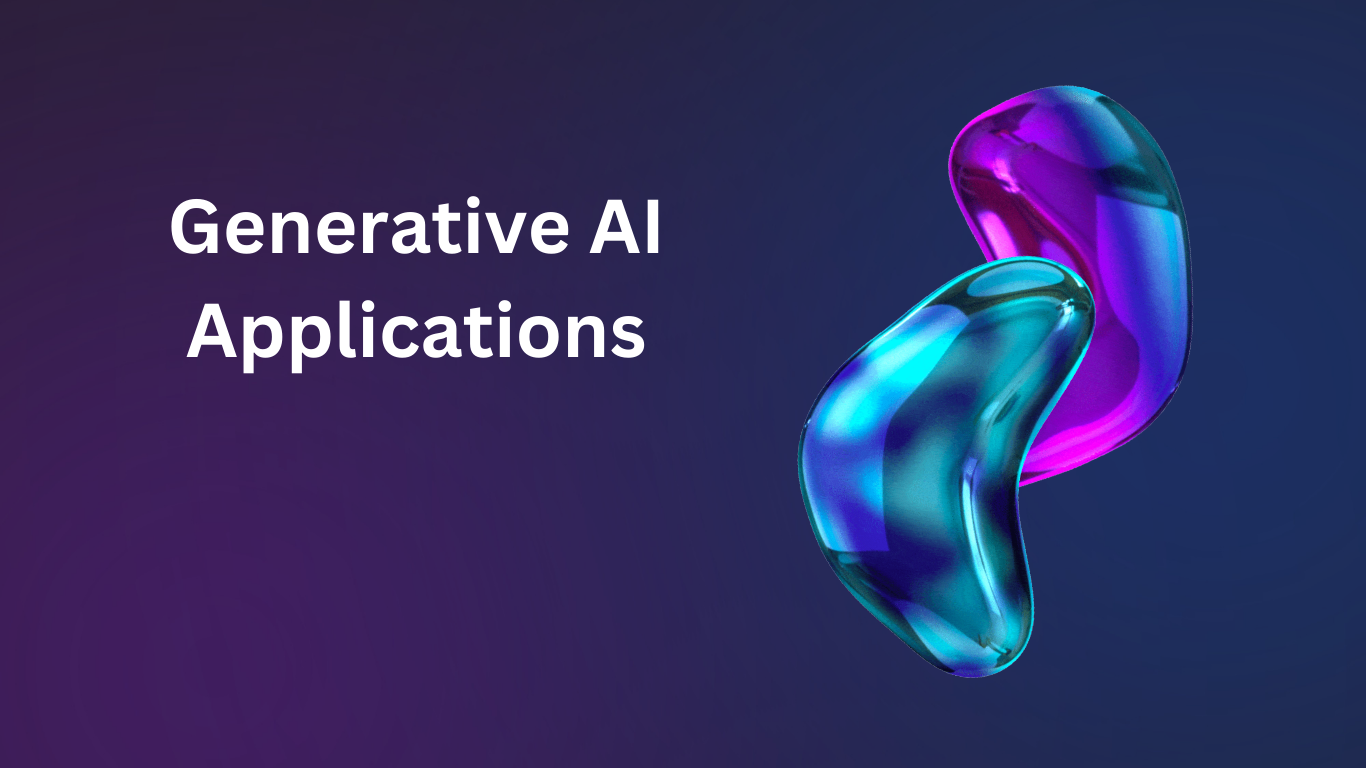Generative AI applications have wide-ranging implications across various fields. These examples illustrate the diverse range of applications for generative AI, showcasing its potential to create novel content, assist in creative processes, and enhance various industries.
- Text Generation: Generative AI models, such as GPT-3, can generate human-like text, including articles, stories, poetry, and even code snippets. These models can mimic the style and tone of different authors or adapt to specific prompts.
- Image Synthesis: Generative adversarial networks (GANs) can generate realistic images from scratch. They learn from a training dataset and then generate new images with similar characteristics, allowing for the creation of unique and diverse visual content.
- Music Composition: Generative AI can compose original music pieces by analyzing patterns and structures from existing compositions. It can generate melodies, harmonies, and even entire musical arrangements, opening up new possibilities for musicians and composers.
- Virtual Character Creation: Generative AI can generate virtual characters with diverse appearances, personalities, and behaviors. These characters can be used in video games, virtual reality experiences, or even for virtual assistants and chatbots.
- Video Game Content Generation: Generative AI algorithms can create video game content, such as procedural maps, terrain, and levels. This approach allows for the generation of vast and unique game worlds that are automatically generated and adapt to player interactions.
- Design and Art: Generative AI can assist designers and artists in creating unique visual designs. It can generate patterns, textures, and shapes that can be used in various creative domains, including graphic design, fashion, and interior design.
- Chatbots and Virtual Assistants: Generative AI powers conversational agents like chatbots and virtual assistants. These AI models can understand natural language and generate human-like responses, providing users with interactive and helpful experiences.
- Video Editing and Effects: Generative AI algorithms can analyze video footage and automatically generate visual effects, such as object removal, scene reconstruction, or even style transfer. This technology simplifies the video editing process and enhances visual storytelling.
- Data Augmentation: Generative AI can generate synthetic data that resembles real-world data. This is useful in scenarios where the availability of training data is limited. Synthetic data can be used to augment datasets for machine learning models, improving their performance and generalization.
- Personalized Recommendations: Generative AI models can generate personalized recommendations for products, content, or services based on user preferences and behavior. These recommendations enhance user experiences and drive customer engagement.
- Video Synthesis: Generative AI can synthesize new videos by combining existing footage or generating entirely new visual sequences. This technology has applications in video production, special effects, and virtual reality.
- Language Translation: Generative AI models, like neural machine translation systems, can automatically translate text from one language to another while maintaining context and meaning. These models enable seamless communication across different languages.
- Storytelling and Narrative Generation: Generative AI can create interactive and immersive narratives by generating branching storylines based on user choices. This technology is utilized in video games, interactive storytelling experiences, and virtual reality narratives.
- Medicine and Healthcare: Generative AI can assist in medical image analysis, such as generating 3D reconstructions from medical scans or enhancing image quality for diagnosis. It can also aid in drug discovery, predicting disease outcomes, and personalized medicine.
- Autonomous Vehicles: Generative AI algorithms play a crucial role in autonomous vehicles, enabling perception, decision-making, and planning. These models help vehicles understand and respond to the surrounding environment, ensuring safe and efficient navigation.
- Speech Synthesis: Generative AI can generate realistic speech that mimics human voices, allowing for applications like text-to-speech synthesis, voice assistants, and voice-over services.
- Facial Animation: Generative AI can animate virtual characters’ facial expressions, movements, and lip-syncing by analyzing real-life facial movements. This technology is widely used in animation, gaming, and virtual reality applications.
- Data Generation and Augmentation: Generative AI can generate synthetic data for training machine learning models, augmenting existing datasets, or simulating scenarios that are difficult to capture in the real world. This helps improve model performance and generalization.
- Content Creation: Generative AI can generate content for social media, such as personalized captions, image descriptions, or hashtag suggestions. It can also create social media posts, blog articles, and product descriptions based on given prompts.
- Fraud Detection: Generative AI can detect anomalies and patterns in financial data to identify potential fraud. By analyzing large volumes of data, these models can flag suspicious transactions and aid in fraud prevention efforts.
Generative AI applications have immense potential across diverse fields. They can automate content creation, generating human-like text, images, and even music. In the realm of design and architecture, generative AI can assist in creating optimized and innovative designs. In healthcare, it aids in medical image analysis, drug discovery, and personalized treatment recommendations. Generative AI also finds applications in virtual reality, gaming, and simulation, enabling the creation of realistic virtual environments and characters. Overall, generative AI opens up new avenues for creativity, problem-solving, and automation, transforming industries and shaping the future of technology.

